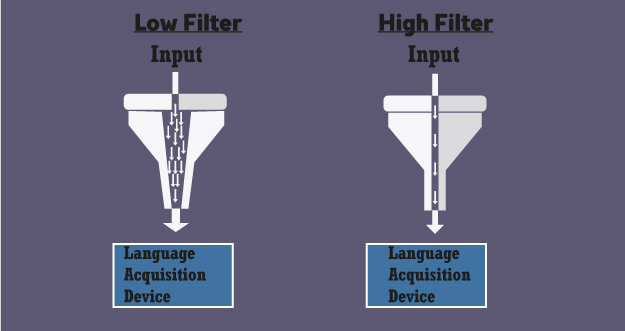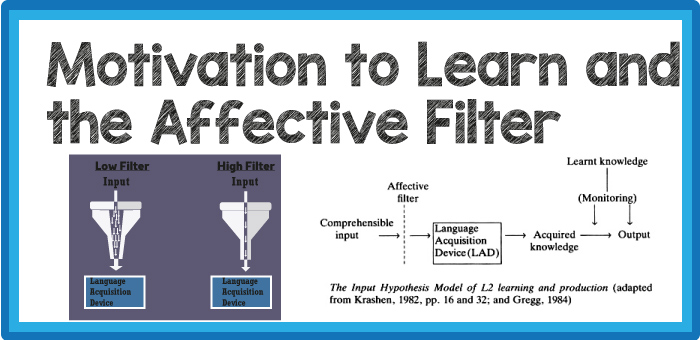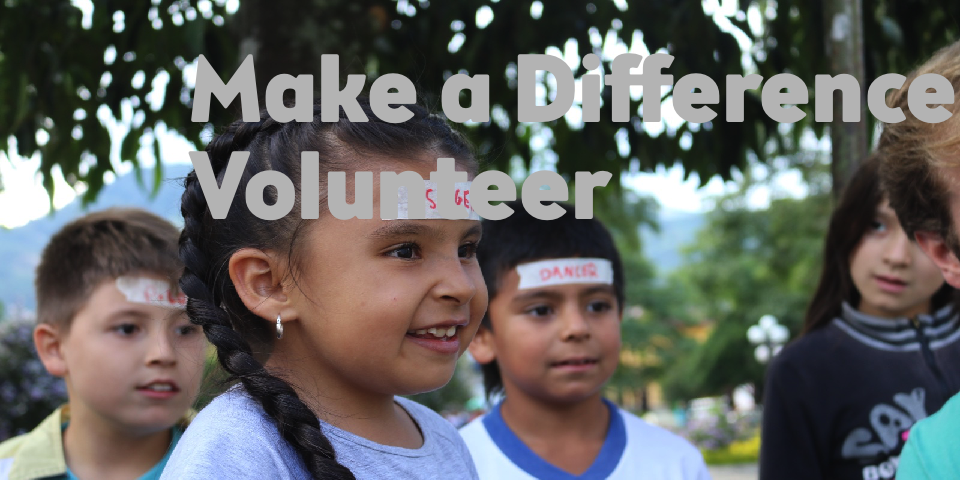
Humans react to stress and stressful emotions in a number of ways.
The flight-or-fight instinct is hardwired, but so is our ability to reflect and respond calmly and rationally; after all, our frontal lobes, where such cognitive abilities originate, is what differentiate us Homo sapiens the most.
Should we favor one or the other? It depends on the situation.
If a predator, like a lion, is chasing you, RUN.
If you are giving an important speech, and you start getting nervous, RELAX.
And, as it turns out, if you are trying to acquire another language and you don’t relax, under stress, you may find it impossible to get any better.
This post will cover why that is and what we can do about it.
In The Motivation Equation to Teach Students, we discussed various issues regarding motivation and its importance to learning in general.
Increasing motivation is about increasing Value and Expectancy while decreasing Delay and Impulsiveness.

While many of these motivational factors can be enhanced through the individual activities themselves, but perhaps one of the most important is about changing the learning environment itself.
The Fifth Motivational Factor: The Environment
In a language learning setting, the environment dictates how comfortable the student will be, not only in expressing themselves but also just what new information they are going to be able to take in.
Negative emotions kill language learning before it even has a chance to begin.
Setting up a positive environment then is absolutely fundamental: for peaceful and practical classroom management and for real learning to be able to occur in the first place!
The Language Learning Environment and Krashen’s Affective Filter
Krashen’s Input Hypothesis has five main aspects:
1- Learning/Acquisition Distinction
2- The Natural Order Hypothesis
3- The Monitor Model
4- The Input Hypothesis
5- The Affective Filter
Krashen noted early on how first language learners received graded, comprehensible input based on their current ability (through guided ‘caretaker talk’ from a parent always at a level similar to theirs). Plus, we know how excited parents can be when their kids talk. That kind of positive feedback is extremely helpful for language development.
This helped children feel comfortable expressing themselves and bodes well for proper language acquisition to occur.
Krashen likened the learning environment as a filter of sorts. He coined the term, affective filter, as affect, in psychological terms, means emotional.
Positive learning environment – low or no affective filter
Negative learning environment – high or strong affective filter

Strong Affective Filter: Acquisition Less Likely to Stick
‘…stress markedly impairs memory retrieval, bearing, for instance, the risk of underachieving at exams. Recent evidence further indicates that stress may hamper the updating of memories in the light of new information and induce a shift from a flexible, ‘cognitive’ form of learning towards rather rigid, ‘habit’-like behaviour’ (Nature: Learning and memory under stress: implications for the classroom)
If a student has a strong affective filter, input is quite literally being filtered out before it reaches the necessary faculties in the brain for language processing.
This isn’t pseudoscience. As we discussed in The Most Powerful Cognitive Tool To Stop Forgetting, thanks to studies in retrograde and anterograde amnesia, scientists know well the parts of the brain responsible for memory and language learning/retention.
If anxiety is high, the parts of the brain responsible for memory and language processing will be temporarily impaired.
Imagine sitting down to take a test with your teaching staring over your shoulder, breathing heavily, and tsk-tsking the whole time…
For anyone that has taught a language class, this is painfully obvious. The students that won’t speak for whatever reason – too shy, embarrassed, have social anxiety, etc. – do not fair as well as others. The ambiguous situations and context that are a constant in learning a new language often prove to challenging for those with low ability to Cope with Chaos.
“Anxiety and perceived communication competence as predictors of willingness to communicate in the ESL / EFL classroom”“High apprehensives tend to withdraw from communication because of uneasiness…Such anxiety results in a state in which people tend to avoid communication acts…” (Galajda 2013)
Strong Affective Filter: Seek Less Input, Produce Less Output
Listening and speaking are most affected by those with high affective filters.
Seek Less Input
Students with a high or strong affective filter do not cope well with not being able to understand. Listening comprehension is affected dramatically. They raise their hands and simply give up. They turn their brain off and once a student reaches this point it is not easy getting them back on board.
This means that they will not being seeking out input on their own and will not reach the deservedly highly-lauded stage of becoming an Independent Language Learner.
Produce Less Output
If a student is in a negative environment, be it caused externally (classmates, physical space, teacher, etc.) or internally (emotions, previous opinions about language/learning, etc.), the pattern is the same: they speak less and when they do speak their own self-confidence is so low that they simply can not get the words out. There is a block. This block is the affective filter live and in person!
Lowering the Affective Filter: A Teacher’s Role
Krashen and other Second Language Acquisition researchers have given a lot of advice on how to lower the affective filter.
As long as students are being fed comprehensible input (90-95% understood) and the messages being delivered are interesting, the anxiety the student feels about the situation will naturally be less.
The ACA Explorers sidesteps a lot of the natural anxiety that might occur since the kids that have ‘made it into the program’ want to prove to themselves and others that they are capable!
Krashen even recommends specific methodologies that the ACA Method already incorporates: namely. the Natural Method (See: Acquiring/Learning a Language) and Total Physical Response techniques (watch any of our videos to see TPR in action!).
Getting the students to do group activities by themselves and with a partner also seem to get rid of any anxiety issues pretty quickly.
Positive feedback is huge as well: once a shy student starts getting praised for something they did they break out of their shell and start performing better.
Krashen’s Complete Input Model
Now that we have covered each main point in Krashen’s Input model we can finally see the full map:

Here the only facet we don’t see expressed is the Natural Order Hypothesis, which isn’t too much of an issue considering the ACA Method pays homage to the Natural Order more as a philosophy than as a strict methodology.

